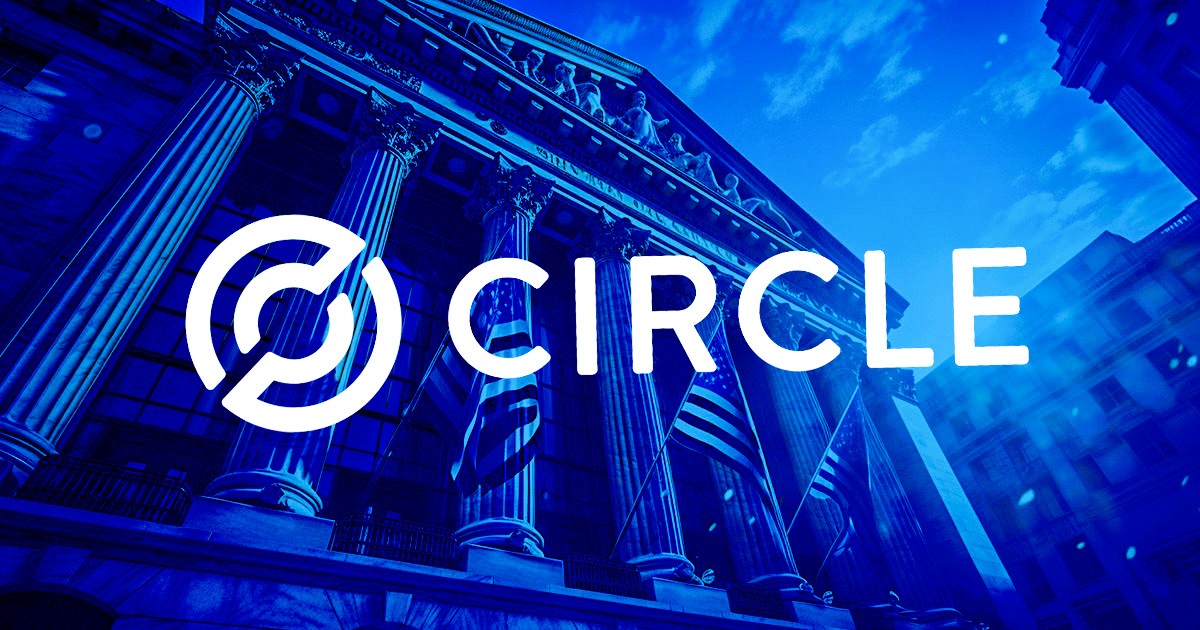Circle’s application for a U.S. national trust bank license marks a pivotal moment in the intersection of digital assets and traditional finance. This strategic move by Circle Internet Group, the issuer of the widely used USDC stablecoin, reflects a broader trend of crypto firms seeking deeper integration with the mainstream financial system. The implications of this decision extend beyond regulatory compliance, touching on market positioning, innovation, and the future of digital currencies.
The Context and Motivation Behind the Application
Circle’s decision to pursue a national trust bank license is rooted in its ambition to solidify its position in the financial ecosystem. The company’s recent IPO, which valued it at nearly $18 billion, underscores investor confidence and market maturity. This application is not merely a procedural step but a strategic maneuver to enhance Circle’s operational capabilities and regulatory standing.
The motivations behind this move are multifaceted. Firstly, obtaining a trust bank license would grant Circle direct control over the custody of digital assets and reserves. This would enhance security, transparency, and trust among users and regulators. Secondly, operating under a federally regulated framework would provide Circle with regulatory leverage and credibility, facilitating partnerships with traditional financial institutions. Lastly, this license could broaden the acceptance of USDC in various financial products and services, embedding stablecoins more deeply into conventional finance.
The Significance in the Broader Financial and Regulatory Landscape
Circle’s application is a notable development in the broader financial and regulatory landscape. It signifies a validation of digital asset custody, as regulatory acceptance of trust banks managing digital assets indicates increased legitimacy and maturity for cryptocurrencies and stablecoins. This move also highlights the shift towards integrating digital assets into traditional banking infrastructure, as both regulators and financial institutions recognize the need for a structured approach to digital currencies.
Moreover, Circle’s application could serve as a catalyst for industry-wide adoption. As a large and influential company, Circle’s actions may inspire other stablecoin issuers and crypto firms to pursue similar licenses, leading to a more regulated and secure environment. This could foster greater trust and adoption of digital assets, ultimately reshaping the financial ecosystem.
Strategic Implications and Risks
While the application presents exciting opportunities, it also introduces several strategic considerations. Operating as a trust bank entails adherence to stringent banking laws and oversight, which could impose operational limitations or increase costs. Additionally, this move could provide Circle with a competitive edge over other stablecoin issuers, but it may also intensify rivalry with legacy banks venturing into digital assets.
Balancing innovation with regulatory compliance remains a complex challenge. Over-regulation might stifle innovation, whereas under-regulation could expose consumers to risks and foster regulatory crackdowns. Circle must navigate these challenges carefully to maintain its competitive position while adhering to regulatory requirements.
Potential Impact on the Stablecoin Ecosystem
The implications for the USDC stablecoin are substantial. Regulatory backing can boost confidence among consumers, institutions, and governments, fostering wider adoption. Managing reserves directly within a bank structure might enhance the stability and security of USDC, reducing risks related to reserve management. Furthermore, banks and financial institutions are more likely to integrate a product managed under a federal charter, facilitating services like settlement, collateral, and cross-border payments.
Challenges and Future Outlook
Despite the promising prospects, several hurdles remain. The approval process for a national trust bank license is complex and can be protracted, involving extensive scrutiny of business models, reserve management protocols, and compliance measures. Transitioning from a technology-focused company to a fully regulated bank requires significant operational overhaul, including hiring compliance staff, establishing governance structures, and updating policies.
The legal landscape in the U.S. is continually evolving, and future legislative changes could influence the viability or scope of such banking licenses. Circle must remain agile and adaptable to navigate these challenges and capitalize on the opportunities presented by this strategic move.
Broader Industry Trends and Comparisons
Circle’s application is part of a broader industry trend of crypto firms seeking deeper integration with traditional finance. Other crypto-native entities like Coinbase have shown interest in similar licensing pathways, and a handful, such as Anchorage Digital, have already secured such charters. Traditional banks are also contemplating or pursuing crypto licenses, indicating a broader industry shift toward mainstream acceptance and regulation.
The detailed regulatory environment, as seen in New York State’s earlier approval of a crypto trust company in 2015, exemplifies the gradual evolution of regulatory acceptance for crypto custody and banking. This trend underscores the growing recognition of digital assets as a legitimate and integral part of the financial ecosystem.
Concluding Reflection: A Pioneering Step Toward Financial Integration
Circle’s move to obtain a national trust bank license encapsulates a bold stride toward integrating the innovative world of digital assets with the stability and legitimacy of the conventional banking system. This strategic vision goes beyond mere token issuance, aiming to create a comprehensive financial ecosystem capable of supporting digital currency at a national scale.
Against the backdrop of a rapidly maturing market, regulatory acceptance, and rising institutional interest, this development signals a new chapter in the evolution of digital currencies. It underscores that the future of currencies, payments, and financial services is entwined with innovation, regulation, and strategic foresight—elements that Circle appears poised to harmonize in this pioneering venture.
This bold step fosters anticipation of broader industry shifts, inspiring other firms to consider similar pathways, thereby gradually reshaping the landscape of global finance. As the financial ecosystem continues to evolve, Circle’s application for a national trust bank license stands as a testament to the growing convergence of digital assets and traditional finance, paving the way for a more integrated and secure financial future.

